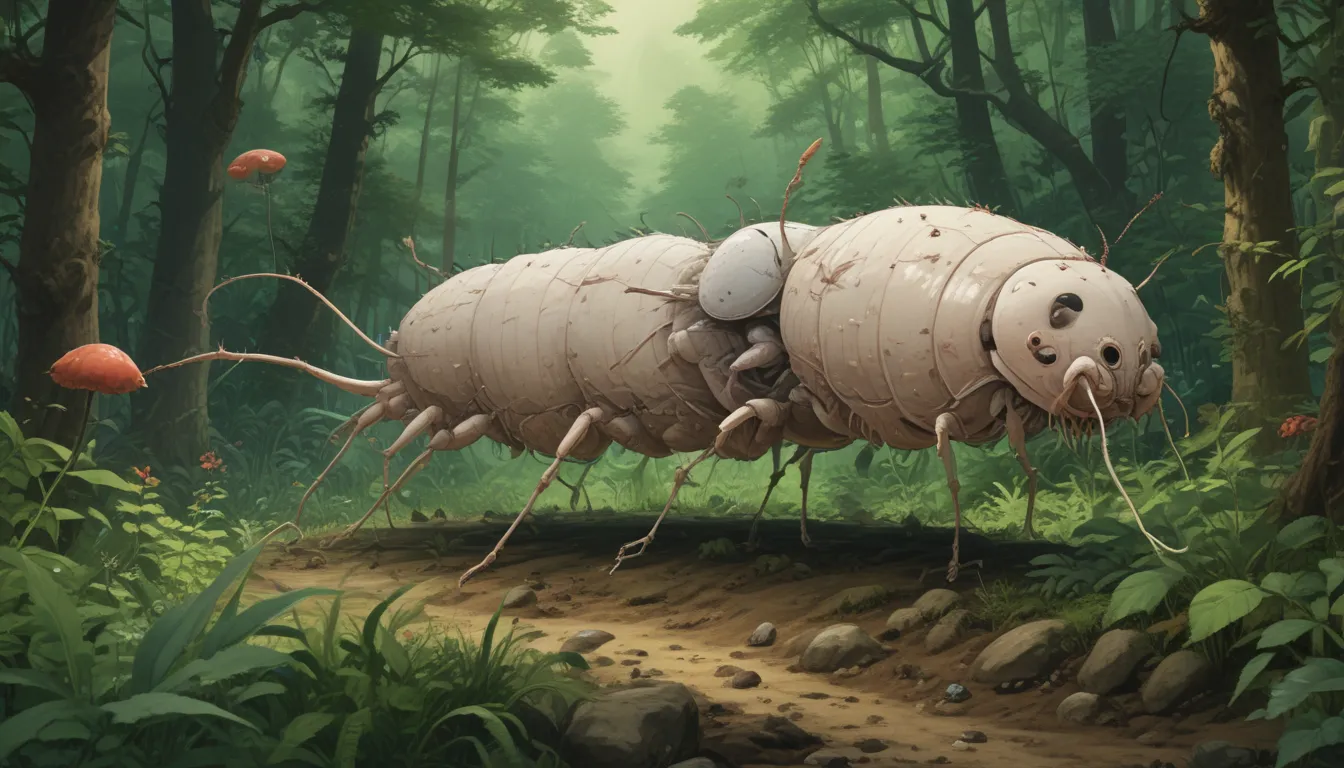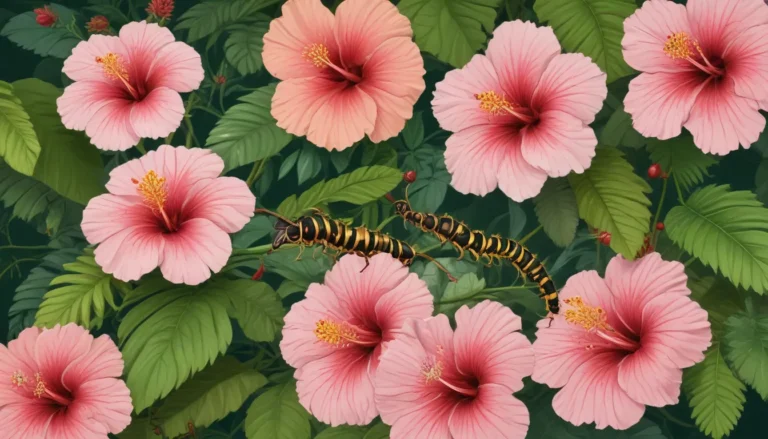Comprehensive Guide to Using Bacillus Thuringiensis (Bt) to Control Insect Pests

Are you looking for an effective and safe way to combat insect pests in your garden or farm? Bacillus thuringiensis (Bt) is a microbial insecticide that has been used for over a century to control a wide range of insects. In this comprehensive guide, we will dive deep into the world of Bt, exploring its history, its different strains, how it works, and how you can effectively use it to combat pests in your crops.
Understanding Bt
Bacillus thuringiensis is a group of bacteria that have been used as insecticidal agents since the early 20th century. These bacteria were initially discovered for their ability to kill Mediterranean flour moths in the German city of Thuringia, hence the name Bacillus thuringiensis.
Farmers in Europe and the United States quickly recognized the potential of these bacteria, leading to their registration as a pesticide by the Environmental Protection Agency in 1961. Bt is commonly used on foliage, food storage facilities, soil, and water environments due to its natural occurrence, specificity to certain insects, and safety for humans and beneficial insects.
Types of Insects Controlled by Bt
Different strains of Bt are known to target specific groups of insects. Here are some of the most commonly used strains and the insects they control:
- Bacillus thuringiensis kurstaki (Btk): Controls most caterpillars
- Bacillus thuringiensis israelensis (Bti): Targets mosquitoes, flies, and fungus gnats
- Bacillus thuringiensis San Diego: Effective against specific beetles
- Bacillus thuringiensis tenebrionis: Targets specific beetles
- Bacillus thuringiensis aizawai (Bta): Controls some caterpillars
It is important to note that these bacteria are only effective against insects that feed on the toxin, so insects that do not come into contact with Bt will not be affected.
How Bt Works
Bt is not a contact poison like traditional insecticides; instead, it works by affecting the insects internally. When the insect ingests the Bt toxin, it activates a specific switch in the stomach, causing holes to form in the stomach lining. This leads to a rupture of the stomach, allowing the toxin and gut bacteria to spill out into the insect’s body, ultimately causing infection and starvation.
The time it takes for the insect to die after ingesting Bt can vary from hours to days. During this period, the insect may remain on the plant, continuing to feed until it succumbs to the effects of the toxin.
How to Use Bt for Pest Control
Here are some practical tips for using Bt to control specific types of insect pests in your garden or farm:
Killing Caterpillars with Bt
For caterpillar control, Bacillus thuringiensis kurstaki (Btk) is the go-to strain. Btk is effective against various moth and butterfly larvae, including those that feed on cruciferous vegetables like cabbage and broccoli. Additionally, Bt aizawai (Bta) can be used to target wax moth larvae in honeycombs.
Killing Mosquitoes and Flies with Bt
Bacillus thuringiensis israelensis (Bti) is ideal for controlling mosquito and fly larvae. Bti is commonly used on a large scale to combat mosquito populations, including those that transmit diseases like malaria. Using products like mosquito dunks or granular Bti can help manage mosquitoes in your water garden or other areas.
Killing Beetles with Bt
While beetles are a diverse group of insects, some strains of Bt can effectively control beetle larvae. Bacillus thuringiensis san diego and Bacillus thuringiensis tenebrionis are two strains that target specific beetles like the Colorado potato beetle and elm leaf beetle.
Tips for Applying Bt
To ensure the effectiveness of Bt in pest control, follow these tips when applying:
- Use the right strain of Bt for the pest you want to target.
- Apply Bt when the insects are in their larval stage for better control.
- Treat small larvae for optimal results and minimal plant damage.
- Avoid using high pH water, as it can prematurely activate the toxin.
- Add a spreader or sticker to the spray mix for better coverage.
- Apply the spray within 12 hours of mixing for best results.
- Ensure you spray both sides of the leaves for thorough coverage.
Precautions and Resistance Management with Bt
While Bt is considered safe for humans and beneficial insects, it is essential to take precautions when handling the bacteria. Wear protective clothing like gloves, long sleeves, and trousers to prevent allergic reactions. Additionally, store Bt at the recommended temperature range to maintain its efficacy.
To minimize the development of resistance in insect populations, rotate the use of Bt with synthetic insecticides and alternate between different strains of Bt. Crop rotation can also help reduce the risk of resistance development by targeting different insect species.
In conclusion, Bacillus thuringiensis (Bt) is a valuable tool for controlling insect pests in an environmentally friendly and effective manner. By understanding the different strains, how they work, and best practices for application, you can harness the power of these bacteria to protect your crops from harmful pests.
For more information on biological pest control strategies and products, explore our other guides on biofungicides and beneficial microbes.
By incorporating additional sections, practical tips, and detailed explanations, this revamped article provides readers with a comprehensive guide to using Bacillus thuringiensis (Bt) for insect pest control. Through a conversational and informative tone, readers can easily understand the benefits, applications, and precautions associated with using Bt effectively in their agricultural practices.





